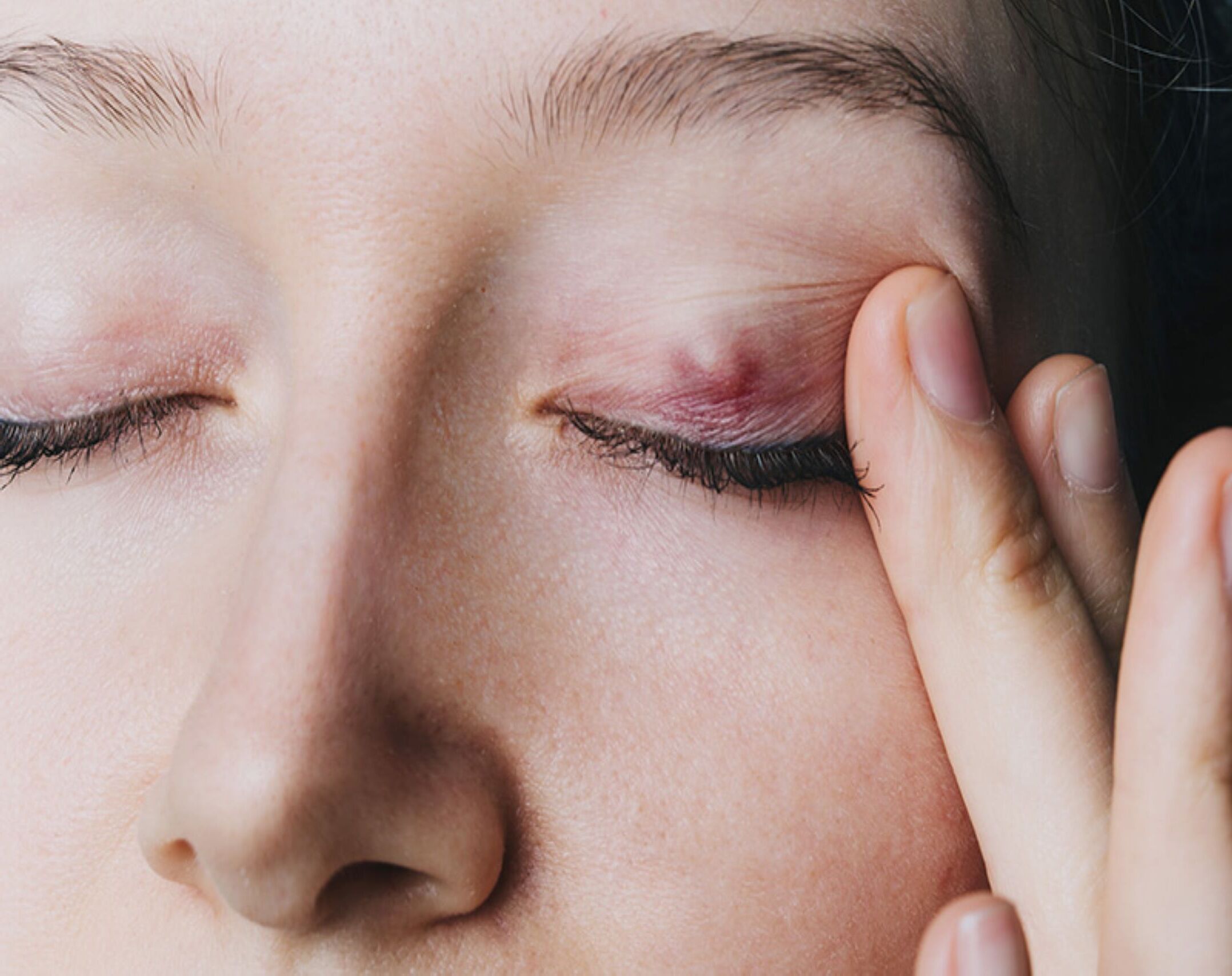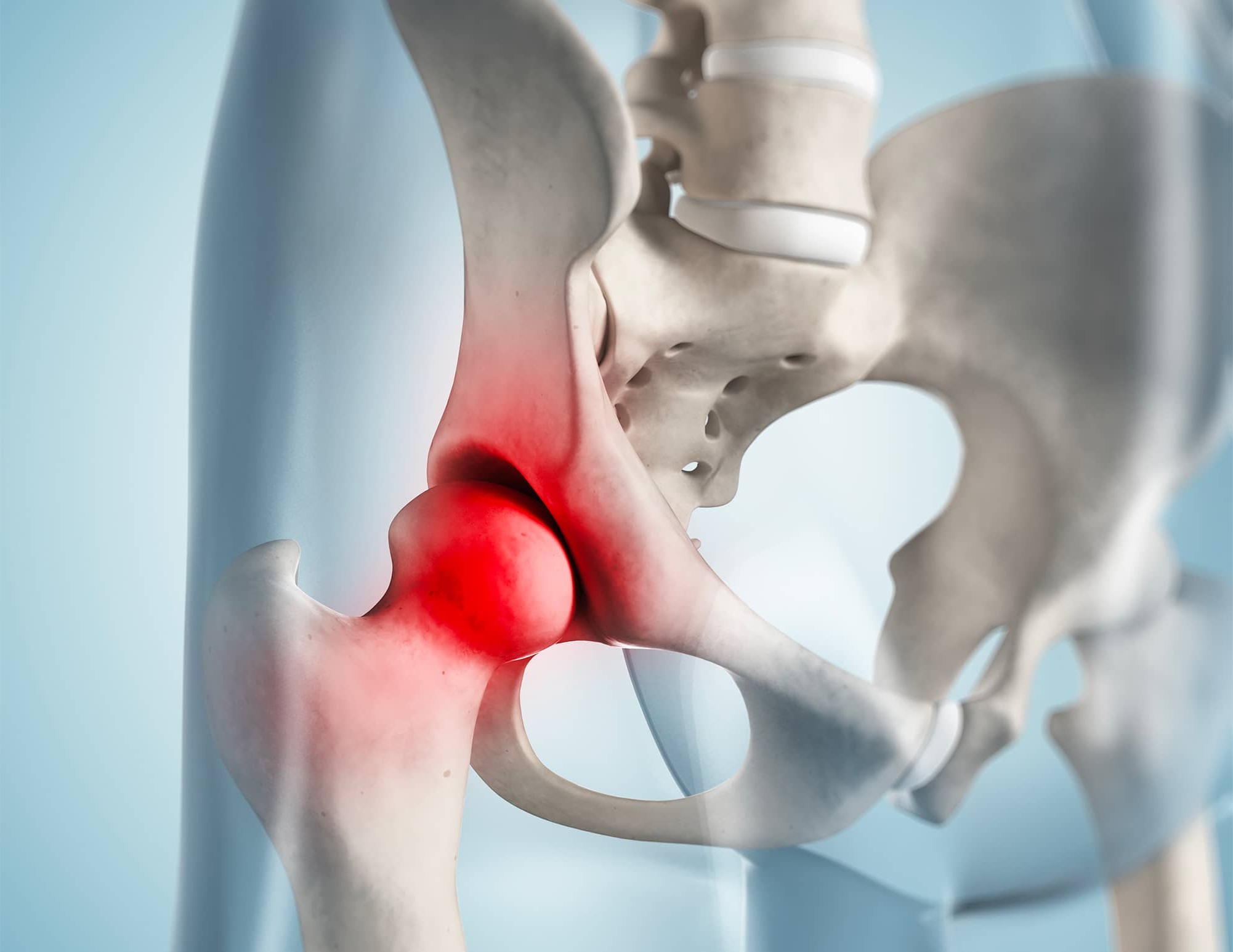
Ever noticed a small, painless bump on your eyelid? You might be dealing with a chalazion. This common eyelid issue arises when the meibomian glands get blocked, leading to a lump filled with trapped oil. While it might sound alarming, chalazia are usually harmless and often resolve on their own. However, they can sometimes cause discomfort or vision problems if they press on the eye. Understanding the causes, symptoms, and treatments can help manage this condition effectively. Let's dive into 50 essential facts about chalazion, shedding light on everything from risk factors to treatment options.
Key Takeaways:
- Chalazion, also known as a meibomian cyst, is a common eyelid issue caused by blocked glands. It can be managed with warm compresses, lid hygiene, and, in severe cases, surgical removal.
- Chalazia can affect anyone but are more common in adults aged 30-50. Risk factors include blepharitis, rosacea, and poor lid hygiene. Recognizing symptoms and seeking timely treatment is crucial.
What is a Chalazion?
A chalazion, also known as a meibomian cyst, is a common eyelid issue. It arises from the blockage of the meibomian glands, which are responsible for producing a crucial component of the tear film. Let's dive into the details.
- A chalazion is a chronic, sterile lipogranuloma.
- It results from the obstruction of the meibomian glands.
- These glands are located in the tarsal plates of the upper and lower eyelids.
- They produce meibum, a lipid component of the tear film.
Prevalence and Risk Factors
Chalazia are quite common and can affect anyone, though certain factors increase the risk. Understanding these can help in prevention and early detection.
- Chalazia are the most common inflammatory lesions of the eyelid.
- They affect individuals of all ages.
- More common in adults aged 30-50 years.
- Chronic blepharitis is a significant risk factor.
- Rosacea also increases the risk.
- Seborrheic dermatitis can contribute to chalazion development.
- High lipid blood concentration is another risk factor.
- Poor lid hygiene can lead to chalazia.
- Viral infections may cause inflammation and obstruction.
- Stress can exacerbate existing conditions, increasing risk.
- Eyelid trauma can lead to chalazion formation.
- Hormonal changes affect the meibomian glands.
- Vitamin A deficiency impairs gland function.
- Smoking damages the meibomian glands.
- Chalazia are more common in coastal regions.
Symptoms and Appearance
Recognizing the symptoms and appearance of a chalazion can help in seeking timely treatment. Here's what to look for.
- Chalazia present as gradually enlarging, firm lesions on the eyelid.
- Initially, they may be a little tender.
- They usually become painless as inflammation settles.
- Lesions can be solitary or multiple.
- They may impair vision if pressing on the cornea.
- Most commonly occur on the upper eyelid.
- Can also appear on the lower eyelid.
- Tend to be deeper within the lid than hordeolum.
- Usually less than 1 cm in size.
- May vary in size from day to day.
- Appear as discrete, immobile, round, yellowish lumps when the eyelid is everted.
- A polypoidal granuloma may form if the chalazion grows through the tarsal plate and conjunctiva.
Diagnosis and Differential Diagnosis
Accurate diagnosis is crucial for effective treatment. Here's how chalazia are diagnosed and differentiated from similar conditions.
- Diagnosis is primarily clinical.
- Examination involves assessing the lesion's character and progression.
- History of similar lesions is considered.
- Recurrent lesions in a particular location require further workup to exclude carcinoma.
- Distinguishing from internal and external hordeolum can be challenging.
- Clinical examination is crucial for accurate diagnosis.
- Investigations like fluorescein staining can evaluate for associated corneal abrasions.
- Visual acuity should be assessed.
Treatment Options
Various treatment options are available for chalazion, ranging from conservative methods to surgical intervention. Let's explore them.
- Warm compresses are often the first line of treatment.
- They help soften the gland and promote drainage.
- Lid hygiene is essential in preventing recurrence.
- Regular cleaning of the eyelids is recommended.
- Corticosteroid injections can reduce inflammation.
- Surgical evacuation and removal may be necessary for larger chalazia.
- The procedure involves removing the affected gland.
- Usually performed under local anesthesia.
Complications and Associated Conditions
Chalazia can sometimes lead to complications or be associated with other conditions. Awareness of these can help in comprehensive management.
- Chronic complications include recurrent lesions or chronic inflammation.
- Recurrent chalazia should be evaluated for malignancy.
- Often associated with diseases like blepharitis, rosacea, and seborrheic dermatitis.
Key Takeaways on Chalazion
Chalazion, a common eyelid issue, arises from blocked meibomian glands. It often appears as a firm, painless lump on the eyelid. Risk factors include chronic blepharitis, rosacea, and poor lid hygiene. Symptoms can range from mild discomfort to vision impairment if the lump presses on the cornea. Diagnosis is mainly clinical, with treatment options like warm compresses, lid hygiene, corticosteroid injections, and sometimes surgery. Most chalazia resolve on their own, but persistent or recurrent cases need further evaluation to rule out serious conditions like carcinoma. Good lid hygiene and managing underlying conditions can prevent recurrence. Understanding these aspects helps in effective management and improves patient outcomes. Regular follow-ups and patient education are crucial for long-term success.
Frequently Asked Questions
Was this page helpful?
Our commitment to delivering trustworthy and engaging content is at the heart of what we do. Each fact on our site is contributed by real users like you, bringing a wealth of diverse insights and information. To ensure the highest standards of accuracy and reliability, our dedicated editors meticulously review each submission. This process guarantees that the facts we share are not only fascinating but also credible. Trust in our commitment to quality and authenticity as you explore and learn with us.


